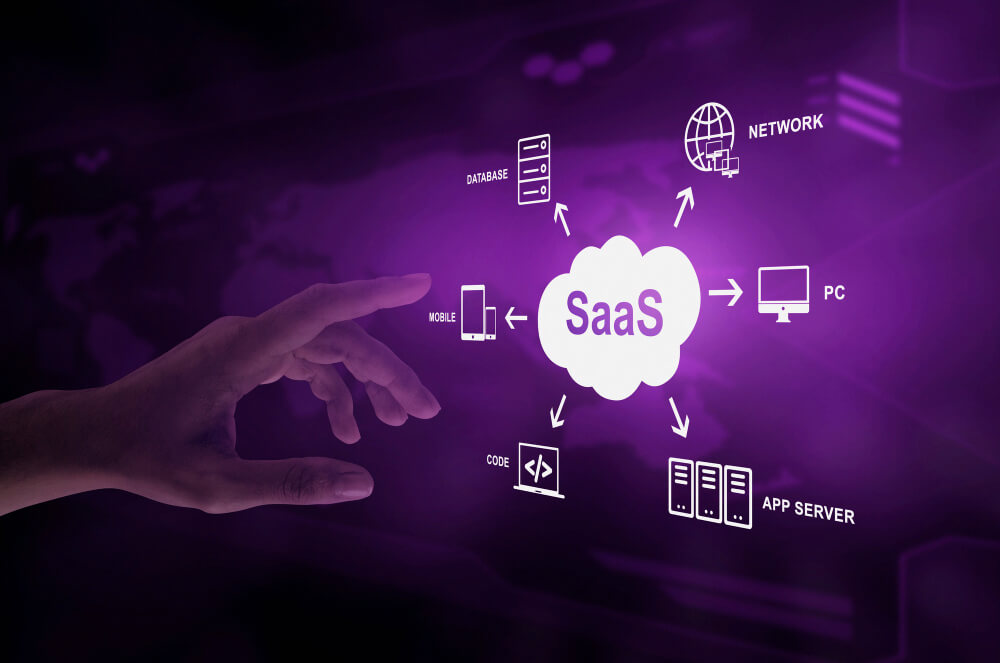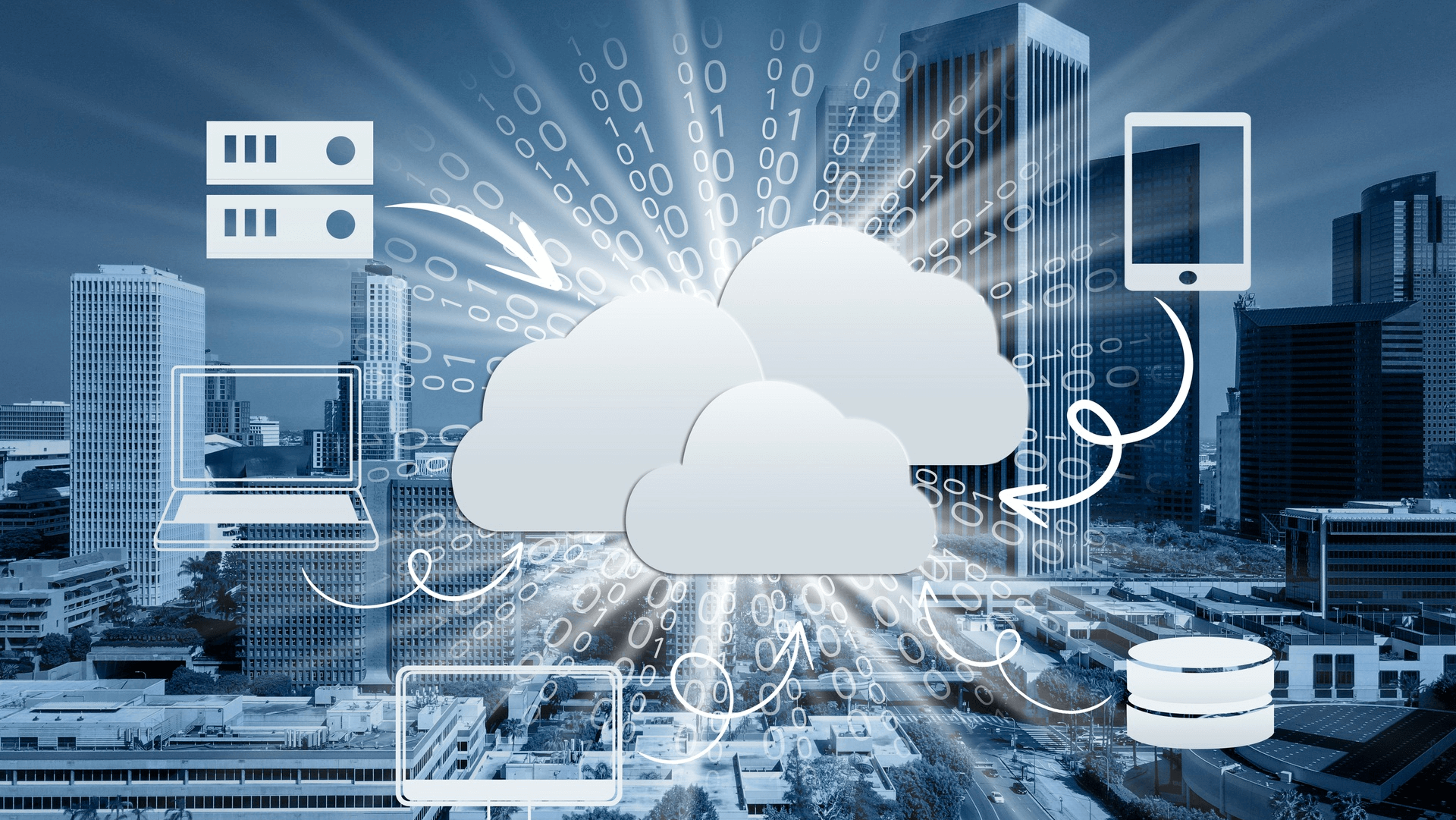
Cloud computing has become a hot topic in modern IT, which helps organizations achieve fast, secure and flexible IT resource allocation. Cloud computing offers different service models, including Infrastructure as a Service (IaaS), Platform as a Service (PaaS) and Software as a Service (SaaS). We will introduce these three service models and provide corresponding examples for better understanding.
-IaaS (Infrastructure-as-a-Service): It provides infrastructure resources from the cloud provider, such as virtual machines, storage, and networking. IaaS helps organizations save on the cost of maintaining and managing infrastructure, while allowing them to quickly scale up or down resources as needed.

-PaaS (Platform-as-a-Service): It provides a platform for application development including middleware, frameworks and tools. PaaS can improve the efficiency of application development and deployment, thus shortening time-to-market.
-SaaS (Software-as-a-Service): It provides software applications that run in the cloud. Users can buy them on demand and pay for them on a monthly or annual basis. SaaS can reduce the cost of maintaining hardware and software for enterprises, while allowing for better resource utilization through multi-tenancy.

Here are some examples using different service models:
-IaaS example: AWS EC2 (Amazon Elastic Compute Cloud) is a typical IaaS service. It provides infrastructure resources such as virtual machine instances, storage, networking, etc., and users can install the required operating system and support software on it.
-PaaS example:Heroku is a cloud-based PaaS provider that offers a development platform that allows developers to easily build, deploy, and scale applications. Heroku supports a variety of programming languages and frameworks, including Java, Ruby, and Node.js.

-SaaS Example: Salesforce is a leading SaaS provider that offers a variety of cloud-based software services such as customer relationship management (CRM), marketing automation, and enterprise resource planning (ERP). Users can access these services by simply logging in on a web page.






